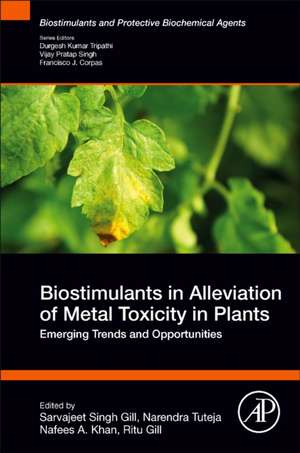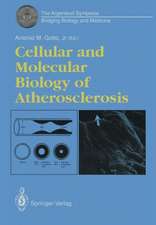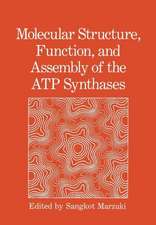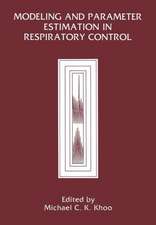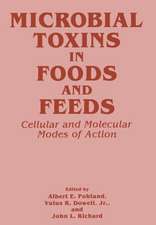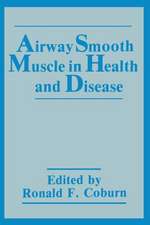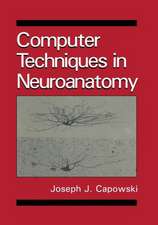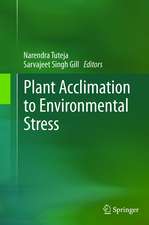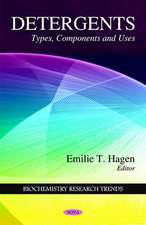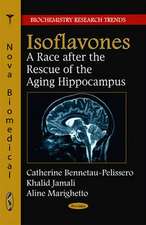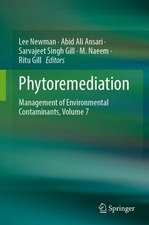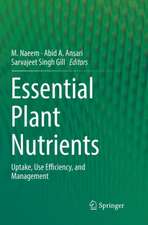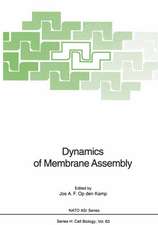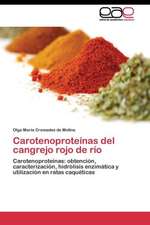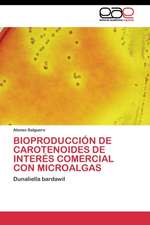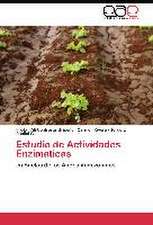Biostimulants in Alleviation of Metal Toxicity in Plants: Emerging Trends and Opportunities: Biostimulants and Protective Biochemical Agents
Editat de Sarvajeet Singh Gill, Narendra Tuteja, Nafees A Khan, Ritu Gillen Limba Engleză Paperback – aug 2023
Once inside a plant system, toxic metals may initiate a variety of physiological alterations in plants, including adversely impacted seed germination, root and shoot growth, chloroplasts ultrastructure and photosynthesis, nutrients assimilation, carbohydrates metabolism, and plant hormonal status which, collectively, results in reduced plants yields. In addition to several naturally occurring physiological and metabolic re-programing responses, plants may also modify their root and shoot systems in order to dilute entered amount of toxic metals. As an additional tool biostimulants have emerged as one of the important plant protectors under adverse conditions.
- Includes endogenous and exogenous application of biostimulants
- Focuses on use based on specific metal contamination<
- Presents forward-looking prospects for the use of biostimulants in plant health protection
Preț: 965.95 lei
Preț vechi: 1260.85 lei
-23% Nou
Puncte Express: 1449
Preț estimativ în valută:
184.86€ • 200.73$ • 155.28£
184.86€ • 200.73$ • 155.28£
Carte tipărită la comandă
Livrare economică 15-29 aprilie
Preluare comenzi: 021 569.72.76
Specificații
ISBN-13: 9780323996006
ISBN-10: 0323996000
Pagini: 622
Dimensiuni: 152 x 229 x 32 mm
Greutate: 1 kg
Editura: ELSEVIER SCIENCE
Seria Biostimulants and Protective Biochemical Agents
ISBN-10: 0323996000
Pagini: 622
Dimensiuni: 152 x 229 x 32 mm
Greutate: 1 kg
Editura: ELSEVIER SCIENCE
Seria Biostimulants and Protective Biochemical Agents
Public țintă
Researchers and academicians working in the field of Biostimulants and abiotic stress toleranceCuprins
1. Biostimulants: An Introduction
2. Sources of endogenous biostimulants in plants
3. Role of Biostimulants in plant’s life cycle
4. Biostimulants homeostasis in plants
5. Implication of endogenous biostimulants in regulating Cd toxicity
6. Implication of endogenous biostimulants in regulating As toxicity
7. Implication of endogenous biostimulants in regulating Al toxicity
8. Exogenous application of biostimulants and Cd stress tolerance
9. Exogenous application of biostimulants and As stress tolerance
10. Exogenous application of NO and Al stress tolerance
11. Exogenous application of Biostimulants and commercial utilization
12. Biostimulants and regulation of Cr, Pb, Fe, Zn, Hg, Cu, Mn and Ni stress in plants
13. Biostimulants signalling under Cd, Al, As, Zn, Fe toxicity
14. Post translational modifications and metal stress tolerance in plants
15. Adventitious root formation and Biostimulants under metal stress
16. Crosstalk of biostimulants with other signalling molecules under metal stress
17. Biotechnological attributes of biostimulants for relieving metal toxicity
Heavy metal stress and biostimulants interaction: Conclusion and future perspectives
2. Sources of endogenous biostimulants in plants
3. Role of Biostimulants in plant’s life cycle
4. Biostimulants homeostasis in plants
5. Implication of endogenous biostimulants in regulating Cd toxicity
6. Implication of endogenous biostimulants in regulating As toxicity
7. Implication of endogenous biostimulants in regulating Al toxicity
8. Exogenous application of biostimulants and Cd stress tolerance
9. Exogenous application of biostimulants and As stress tolerance
10. Exogenous application of NO and Al stress tolerance
11. Exogenous application of Biostimulants and commercial utilization
12. Biostimulants and regulation of Cr, Pb, Fe, Zn, Hg, Cu, Mn and Ni stress in plants
13. Biostimulants signalling under Cd, Al, As, Zn, Fe toxicity
14. Post translational modifications and metal stress tolerance in plants
15. Adventitious root formation and Biostimulants under metal stress
16. Crosstalk of biostimulants with other signalling molecules under metal stress
17. Biotechnological attributes of biostimulants for relieving metal toxicity
Heavy metal stress and biostimulants interaction: Conclusion and future perspectives
